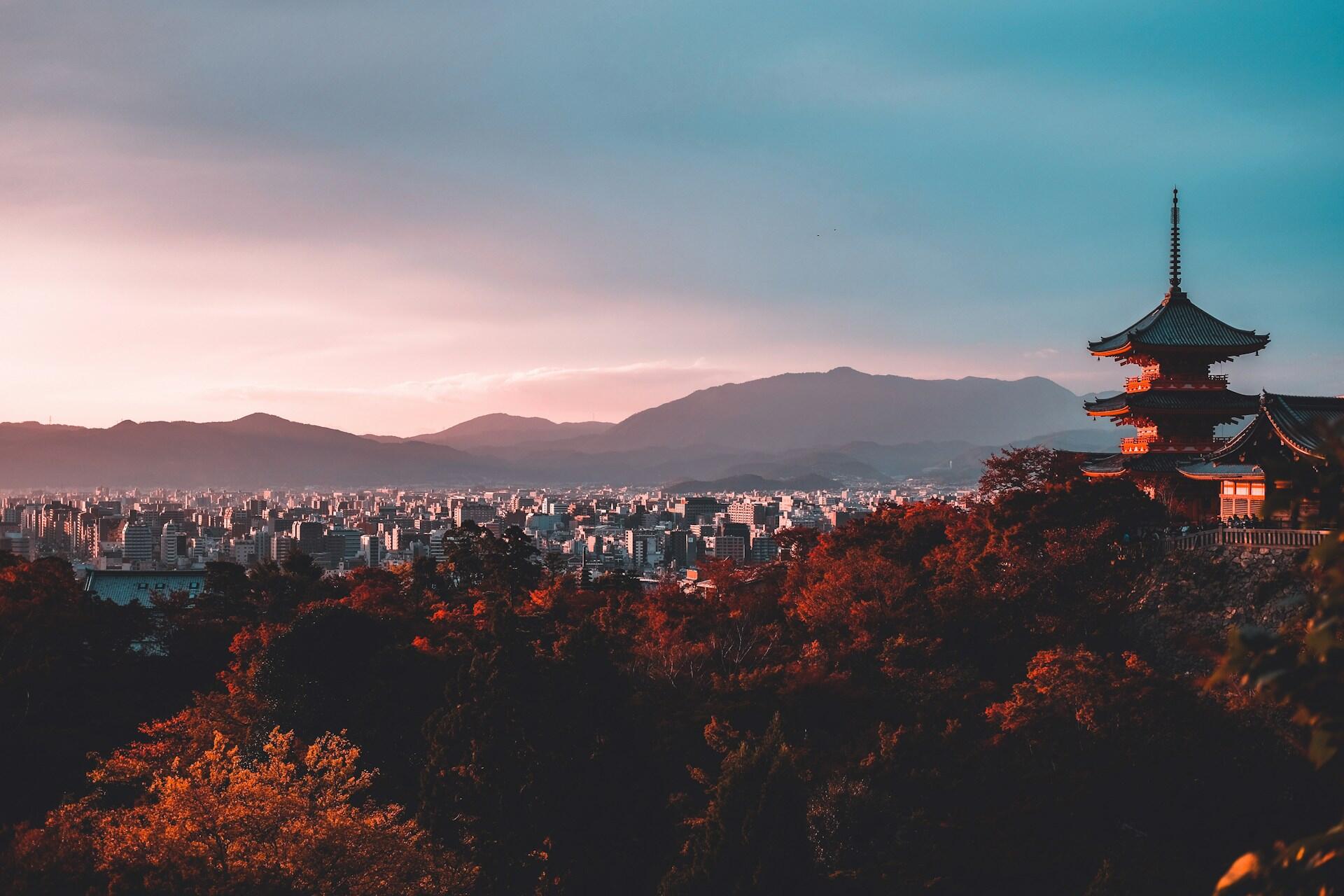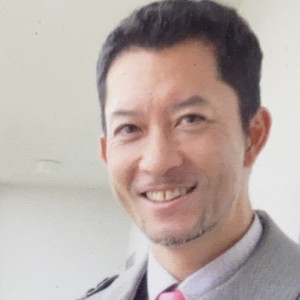In Japanese culture, there is a belief that God is everywhere - in mountains, trees, rocks, even in our sympathy for robots or Hello Kitty toys.
Ryuichi Sakamoto
Japan is a country of contrasts, with everything from ancient temples to futuristic neon skylines, but when should you visit? The country has dramatic seasonal shifts, diverse geography, and a calendar full of festivals, making timing your trip incredibly important.
Whether it's cherry blossoms in Kyoto, mountains in Hokkaido, or a summer matsuri in Tokyo, part of an unforgettable journey is going at the right time. Here, we'll explore what each season in Japan offers and how you can get the most out of your trip to Japan.

Understanding Japan’s Seasons: What to Expect Throughout the Year
Japan has a unique geography that stretches over 3,000 kilometres. From the snowy Hokkaido in the north to the tropical Okinawa in the south, the best time to visit depends on where you're going in Japan.
Each season offers something special:
- Spring (March to May): Widely regarded as the best time to visit Japan, thanks to the iconic cherry blossoms, comfortable weather, and numerous festivals.
- Summer (June to August): A time of colourful matsuri, fireworks, and beach escapes, though early summer can be rainy and humid.
- Autumn (September to November): Ideal for those who prefer cooler weather, fewer tourists, and Japan’s vibrant fall foliage.
- Winter (December to February): Cold temperatures and snow in the north make this the season for ski trips and serene, crowd-free sightseeing in cities like Kyoto and Tokyo.
There are also weather patterns to consider in different areas. Tokyo is generally temperate at any time of the year, but Sapporo often experiences heavy snowfall in the winter.
Okinawa has a subtropical climate, which is excellent for going to the beach, but there's a risk of typhoons in the late summer.
Spring in Japan: Cherry Blossoms and Mild Days
Spring is often considered the best time to visit Japan. For one, cherry blossoms, or sakura, bloom across the parks, mountains, and temple grounds.
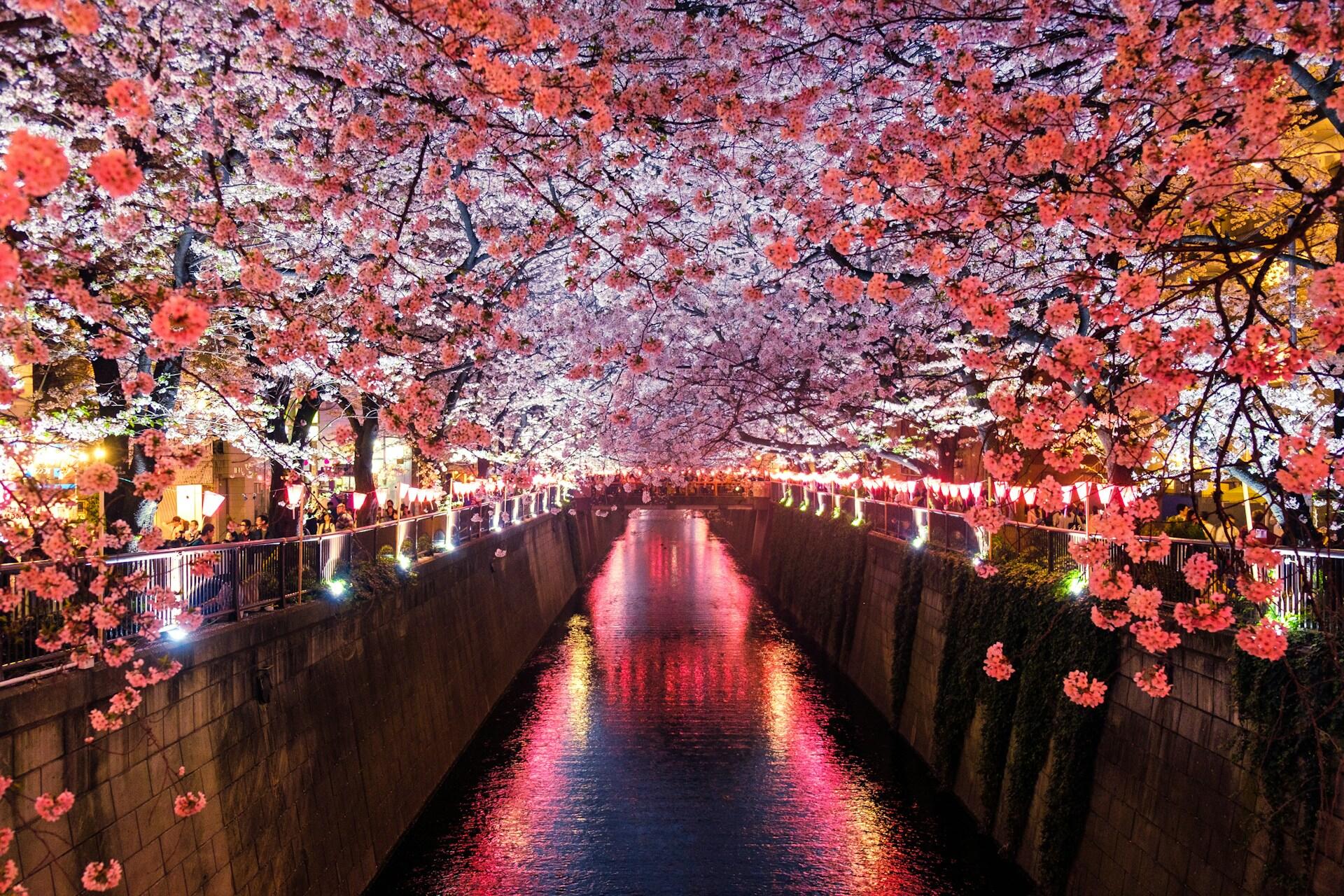
The weather is also nice, from 8°C in the north (Hokkaido) to around 20°C in the south (Kyushu and Okinawa). It's also a relatively sunny and dry season, excellent for outdoor activities like walking tours and sightseeing.
Conversely, its popularity is also its downfall. Spring is the peak tourist season in Japan, with visitors from all over the world (be sure to get your visa) heading to places like Tokyo, Kyoto, and Osaka.
Tokyo: Late March to early April
Kyoto: Late March to early April
Osaka: Late March to early April
Sapporo: Late April to early May
Okinawa: Mid-January to early February
Try to avoid Golden Week (April 29 to May 5), when locals take time off work for multiple national holidays. This is when transportation, accommodation, and attractions will be busy, and prices will go up.
per person.
Summer in Japan: Festivals, Fireworks, and Coastal Escapes
The summer in Japan lasts from June to August, and its vibrant energy extends from the cities to the countryside.
If you don't like heat and humidity, this isn't the best time of year to visit Japan, but there are plenty of festivals, traditional matsuri, and seaside escapes.
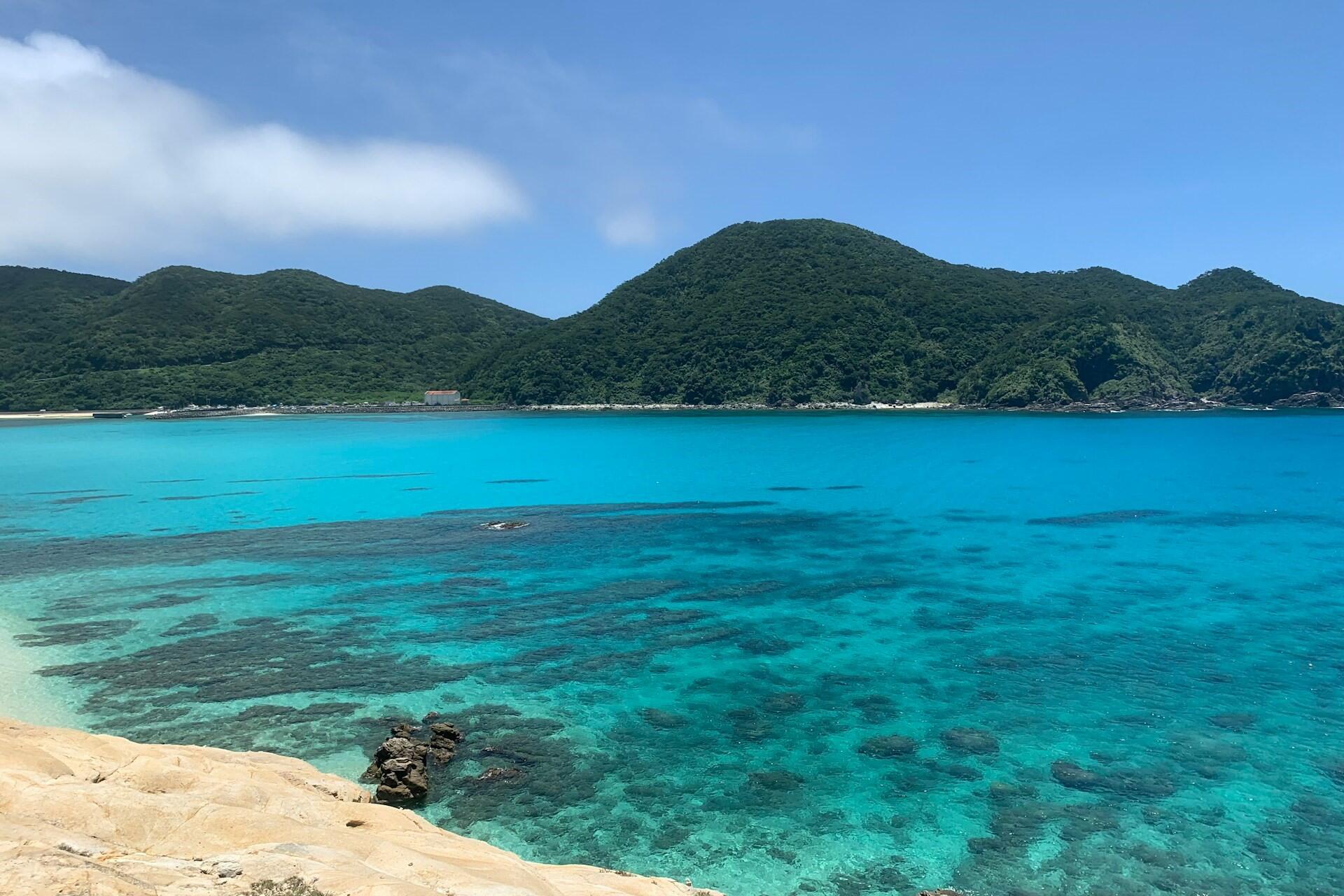
Early summer, from mid-June to mid-July, is the rainy season (tsuyu), especially in Honshu and Kyushu.
While this is great for gardens and countryside, it's not great for hiking or longer outdoor tours.
Tokyo and Kyoto: Mid-June to Mid-July
Osaka: Early June to Mid-July
Okinawa: May to early June
Hokkaido: Rarely experiences tsuyu
Summer hits its stride in late July and continues through August. The rain subsides, and you'll see fireworks lighting up the night skies in Tokyo's Simidagawa Fireworks Festival and Osaka's Tenjin Matsuri.
Okinawa is popular with beach lovers for its white sand beaches and turquoise waters. The mountain regions like Nagano have scenic trails and riverside onsens to enjoy.
Just remember that August is one of the hottest and most humid months. Obon Week in mid-August is another national holiday to avoid as tourist spots get crowded.
per person.

Autumn in Japan: Colourful Landscapes and Comfortable Travel
Autumn in Japan is one of the best times to visit Japan since the summer heat fades.
From September to November, temperatures across the country range from 15°C to 25°C, and places like Tokyo, Kyoto, and Osaka are filled with reds, golds, and oranges.
If you're looking for slow-paced strolls in Japan's best cities, countryside hikes, or scenic train rides, this is the time of year to visit.
Autumn foliage is beautiful in places like Kyoto's Arashiyama Bamboo Forest, Nikko's shrines, and Mount Fuji's Five Lakes.
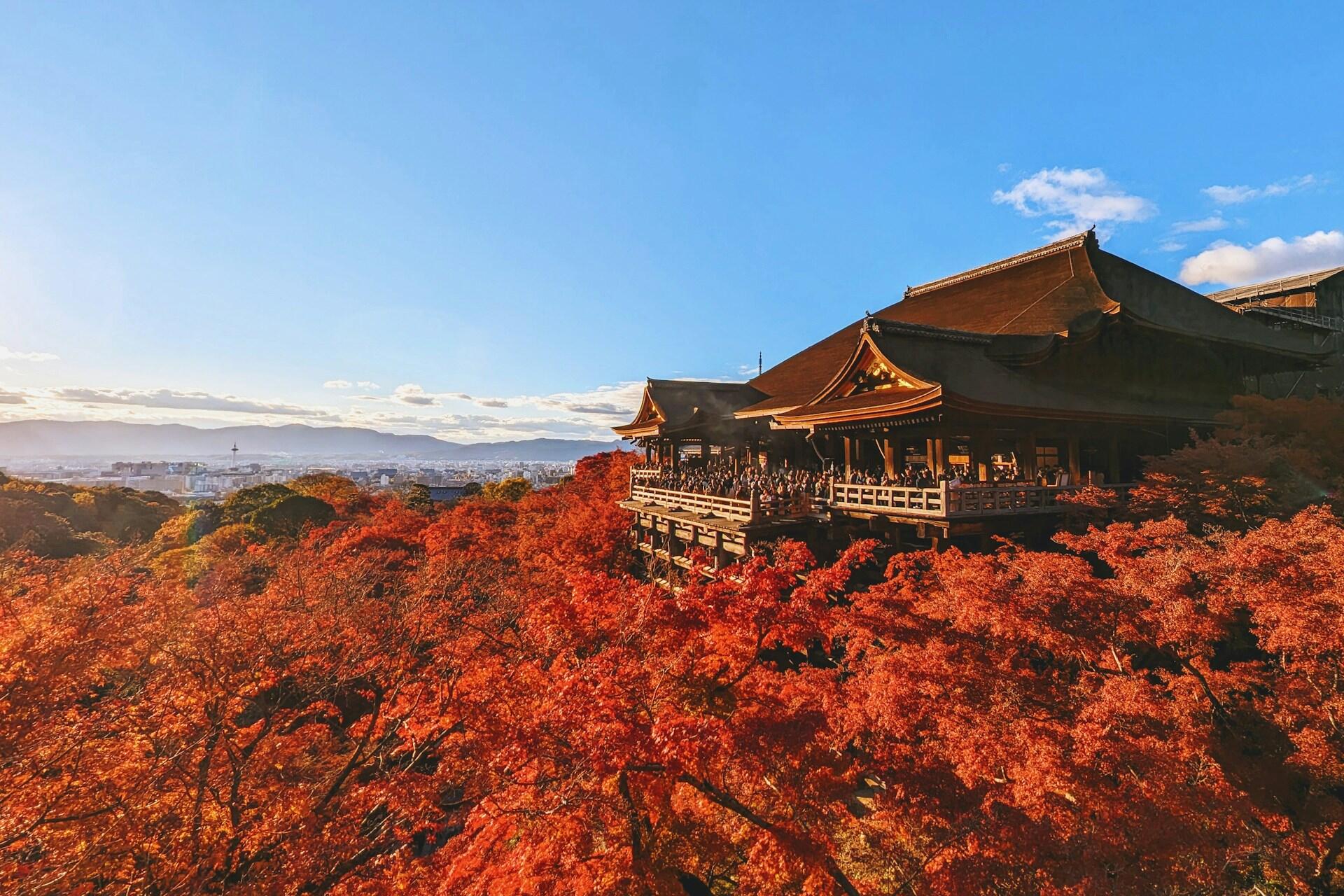
Autumn is quieter than spring, meaning fewer tourists and shorter waits for the most popular destinations. Prices are also down for the season.
There are many seasonal festivals, harvest celebrations, and markets with mushrooms, chestnuts, and Japanese rice.
Typhoons are still a possibility in southern Japan between late September and early October, but autumn offers a balance of pleasant weather, nice scenery, cultural experiences, and smaller crowds.
per person.
Winter in Japan: Snowy Adventures and Tranquil Cities
Looking for snow-covered temples, world-class skiing, or peaceful sightseeing?
Consider visiting Japan in the winter. From December to February, you can enjoy crisp air, clear skies, and the contrast between quiet cities and bustling ski resorts.
There's serious snowfall in northern Japan, in areas like Hokkaido, Nagano, and Tohoku. Sapporo is a popular destination for snow lovers worldwide, with resorts like Niseko and Hakuba offering skiing and snowboarding.
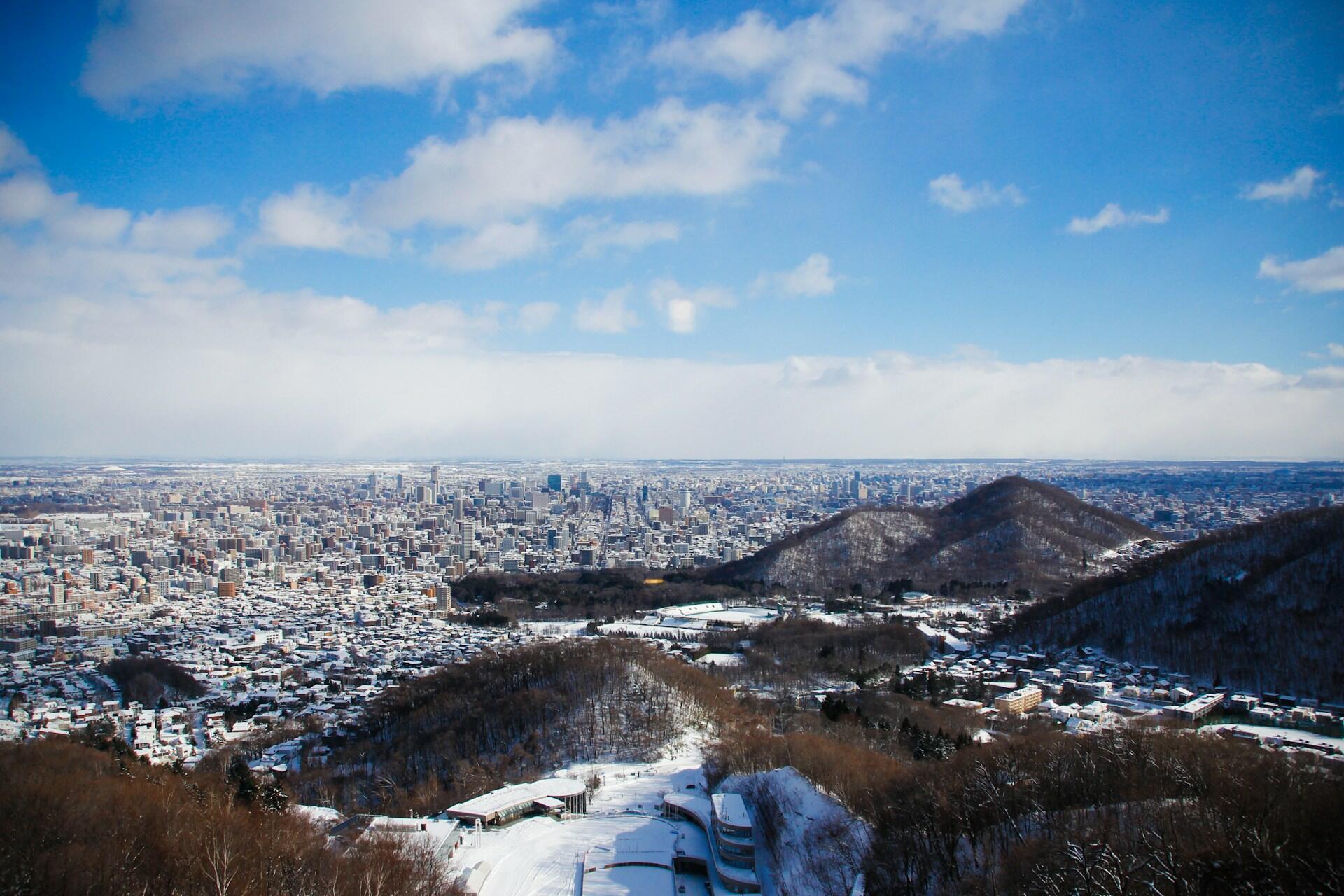
The winters in the south of the country are milder. Temperatures range between -2°C in the north and around 10–16°C in the south.
How long you spend in Japan is up to you, but in winter, there are very few tourists, and Kyoto's shrines, Tokyo's markets, and Mount Fuji's viewpoints are much quieter than at other times during the year.
per person.
The Best Time to Go to Japan by Region
There isn't a single time of the year that's best to visit Japan. After all, it depends where you're going and what you're trying to do.
Tokyo
- Best time to visit: Late March to early April (for cherry blossoms) and October to November (for fall foliage).
- Spring and autumn bring ideal sightseeing conditions in Japan’s capital—mild temperatures, low humidity, and scenic parks like Shinjuku Gyoen and Ueno.
Kyoto
- Best time to visit: April and November.
- Cherry blossoms in spring and vivid maple leaves in autumn transform the city’s shrines and temples into postcard scenes. Summers can be stiflingly humid.
Osaka
- Best time to visit: March to May or October to early December.
- Known for its food and nightlife, Osaka is most enjoyable when walking weather is pleasant, and crowds are moderate.
Hokkaido
- Best time to visit: January to February for winter sports; June to August for flower fields and hiking.
- Winter delivers world-class skiing and the famous Sapporo Snow Festival. Summer offers cool weather and lavender blooms in Furano.
Okinawa
- Best time to visit: Late April to early June, or October.
- This subtropical paradise avoids the harsh winters of the mainland, but typhoon season (August–September) and peak humidity can affect travel plans.
Major Events and Festivals in Japan by Season
Japan has plenty of seasonal festivals and matsuri, and they are some of the best things to visit in Japan. Whether you're looking for cherry blossoms, fireworks, illuminations, or cultural festivals, there's always something happening.
Spring Festivals
- Hanami (Cherry Blossom Viewing) – Late March to early April
- Cities like Tokyo, Kyoto, and Osaka host day-and-night cherry blossom gatherings in parks like Ueno, Maruyama, and Osaka Castle Park. Expect food stalls, lanterns, and crowds enjoying nature’s fleeting beauty.
- Takayama Spring Festival – Mid-April
- One of Japan’s most beautiful festivals, featuring ornate floats and traditional performances in a historic mountain town.
Summer Festivals
- Gion Matsuri (Kyoto) – Entire month of July
- Japan’s most famous festival features massive wooden floats, processions, and street food in the heart of Kyoto.
- Sumidagawa Fireworks Festival (Tokyo) – Late July
- One of Tokyo’s largest fireworks events, drawing nearly a million visitors along the Sumida River.
- Awa Odori (Tokushima) – Mid-August
- A vibrant dance festival where locals and visitors join in lively performances that fill the streets for days.
Autumn Festivals
- Jidai Matsuri (Kyoto) – October 22
- Historical parade celebrating Kyoto’s past, where it was once the capital of the country and home to the emperor, with over 2,000 participants in traditional attire.
- Kishiwada Danjiri Matsuri (Osaka) – Mid-September
- Exciting and intense, featuring massive wooden floats pulled at high speed through narrow streets.
Winter Festivals
- Sapporo Snow Festival (Hokkaido) – Early February
- Giant ice and snow sculptures, light displays, and winter sports take over the city of Sapporo.
- Kobe Luminarie – December
- A dazzling light festival held in memory of the victims of the 1995 earthquake, turning the city into a glowing wonderland.
How about the worst time to visit Japan? Here's a fun guide talking about different times around the year.
Japan Travel Costs by Season
In an ideal world, you'd go to Japan whenever you wanted, but there are also budgetary concerns, with certain periods more expensive than others.
- Spring (March–May): ¥155,000 (~NZD $1,850)
- Peak season with cherry blossoms in full bloom
- Summer (June–August): ¥140,000 (~NZD $1,670)
- Slightly cheaper, though July/August school holidays can raise prices
- Autumn (September–November): ¥125,000 (~NZD $1,490)
- Best balance of weather and affordability
- Winter (December–February): ¥130,000 (~NZD $1,550)
- Good deals except for Christmas/New Year, which can climb to ¥175,000 (~NZD $2,090)
per person.
If you'd like to brush up on your Japanese before you go, just search for Japanese tutors on Superprof!

